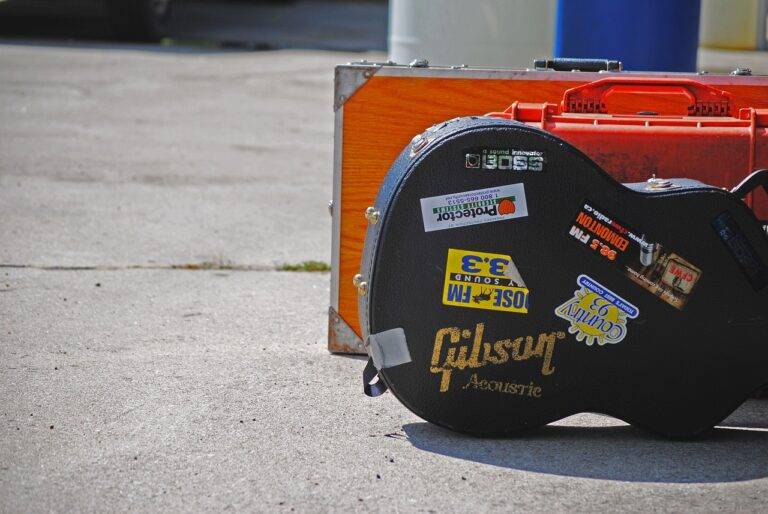The Influence of Subcultures on Fashion Trends: From Goth to Hip Hop
Fashion trends have always been in a state of constant flux, influenced by a myriad of factors such as social movements, technological advancements, and cultural shifts. What once defined the height of fashion may quickly become outdated as new styles emerge and old ones are reimagined in fresh ways. This fluidity in the world of fashion reflects the dynamic nature of human expression and the ever-changing tastes and preferences of society.
Throughout history, certain periods have been characterized by distinct fashion trends that reflect the prevailing attitudes and values of the time. From the elaborate garments of the Renaissance to the minimalistic styles of the modern era, each fashion trend serves as a reflection of the societal norms, aesthetic sensibilities, and economic conditions of its time. The evolution of fashion trends not only mirrors the evolution of culture but also plays a significant role in shaping it, influencing how individuals present themselves and how they are perceived by others.
Understanding Subcultures in Fashion
Subcultures in the fashion realm serve as powerful sources of inspiration, driving the continuous evolution of trends and styles. These subcultures, with their distinct values and aesthetics, offer a platform for individuals to express their identities and rebel against mainstream fashion norms. Through unique sartorial expressions, subcultures create their own visual language, contributing to the diverse tapestry of the fashion industry.
The influence of subcultures in fashion extends beyond mere clothing choices, permeating music, art, and lifestyle preferences. By challenging societal norms and embracing non-conformity, these subcultures push the boundaries of creativity and self-expression. As various subcultures merge and intersect, they create hybrid styles that defy categorization, demonstrating the dynamic nature of fashion as a reflection of societal values and attitudes.
Goth Subculture and Its Impact on Fashion
The Goth subculture has woven its dark, enigmatic threads into the fabric of fashion, leaving an indelible mark on the industry. With its roots stemming from punk, new wave, and post-punk music scenes, Goth fashion embodies an aesthetic that is captivating in its embrace of black, lace, leather, and velvet. From Victorian-inspired silhouettes to industrial influences, Goth fashion subverts mainstream norms with its emphasis on the dramatic, the macabre, and the unconventional.
This subculture’s influence extends beyond the realm of clothing, permeating accessories, makeup, and hairstyles with a brooding allure. Chokers, spiked collars, fishnet stockings, and combat boots are often paired with pale skin, dark eyeliner, and crimson lips to create a signature Goth look that is both striking and sophisticated. As a subculture that thrives on individualism and nonconformity, Goth fashion continues to inspire designers, musicians, and creatives around the world, infusing the mainstream with a touch of darkness and mystery.





